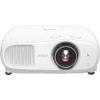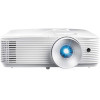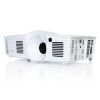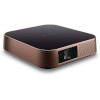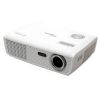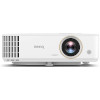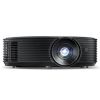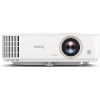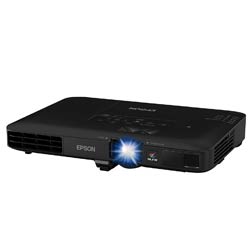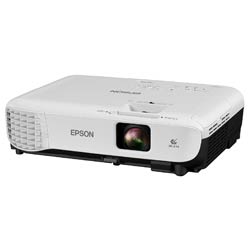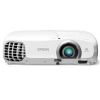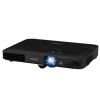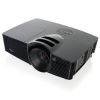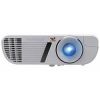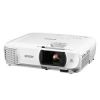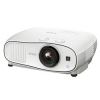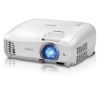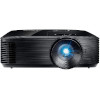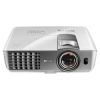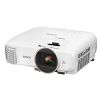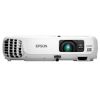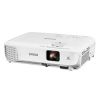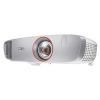Epson PowerLite 1781W oder Epson VS350 Bewertung
A profound glance at Epson PowerLite 1781W vs Epson VS350
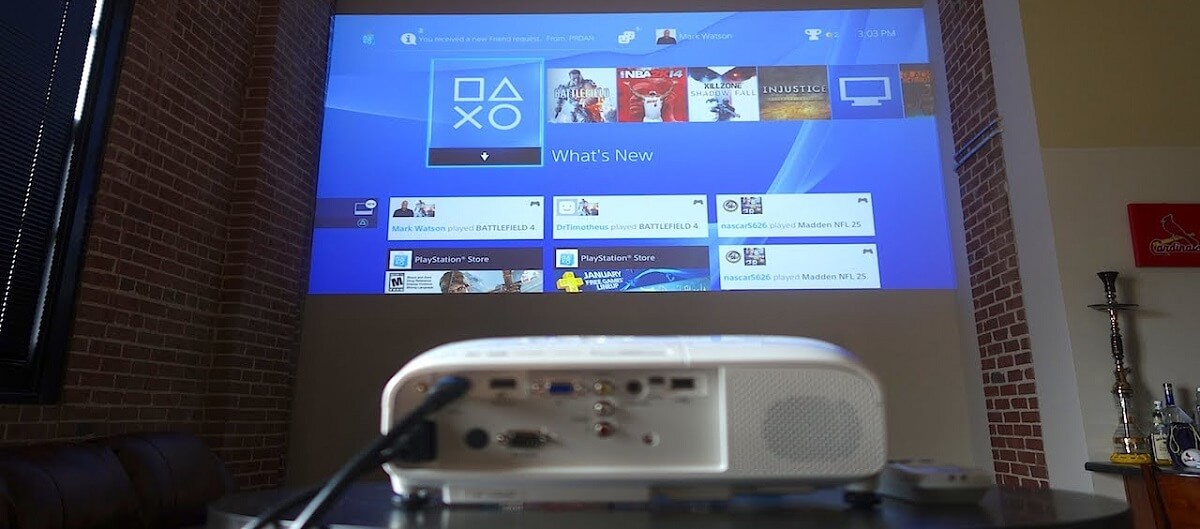
Epson PowerLite 1781W − a top-quality projector with the weak sound
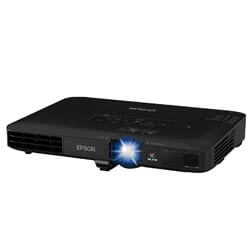 I won’t cavil at the picture, it works out its prize, but while my testing the sounding definitely has been weak. If I compare it to Epson VS350 and other projectors from this range, its sound is noticeable worse.
I won’t cavil at the picture, it works out its prize, but while my testing the sounding definitely has been weak. If I compare it to Epson VS350 and other projectors from this range, its sound is noticeable worse.
- It has a small screw hole that I’ve used for a mini tripod; additionally, it goes with a soft sided case, a rare offer for comfy carrying it around, due to its light weight and portability it’s easy to do.
- Although it doesn’t have Bluetooth, I’m used to connecting it to my laptop via speedy Wi-Fi, it’s reliable and allows me to stream wirelessly from a laptop or sometimes a smartphone.
- Due to USB I play straight from a USB storage drive, so I don’t need to take a laptop, as the projector's remote can be used to navigate through a presentation or product video.
- In order to set it in a backyard, I have taken a bunch of tools to make it work: a power cord and HDMI to HDMI cord and a speaker because the installed one is quite.
- I am sure that I have done all the settings correctly according to the manual, but the audio output jack, that is supposed to drive amplified speakers, doesn’t work.
- The auto-adjust is hypersensitive to movement, I’ve bumped the table and it readjusted.
Epson VS350 − a high data image quality without rainbow effect
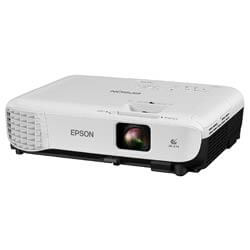 In Epson VS350 vs Epson PowerLite 1781W comparison, I should note the 4:3 aspect ratio of Epson VS350 because it isn’t a widescreen ratio of 16:9. I’ve been disappointed, because of so called a ‘pillarbox effect’ – a bordering on the sides.
In Epson VS350 vs Epson PowerLite 1781W comparison, I should note the 4:3 aspect ratio of Epson VS350 because it isn’t a widescreen ratio of 16:9. I’ve been disappointed, because of so called a ‘pillarbox effect’ – a bordering on the sides.
- I’ve used this projector for 3 hours without any cool down periods, so I can say that it’s the one that heats up slower in Epson VS350 vs 1781W.
- I pay additional attention to the blueish hue that most projectors add to pictures, fortunately this one doesn’t.
- There is a USB drive, so I simply plug it in and watch movies in an .avi format.
- There is a mild greenish hue in some images with white or gray backgrounds, and pixel jittering is noticeable over a VGA connection.
- The remote is effective but it is constantly lagging with Windows 8, so the video stutters.
- I consider that posterization is more notable that it should be in projectors at such a price range. Also, I’ve noticed occasional jaggedness at the border of light and dark zones in action scenes.
Are you still finding faults of Epson 1781W vs VS350?
Epson PowerLite 1781W has bigger native resolution (1280*800 versus 1024*768) in Epson PowerLite 1781W vs Epson VS350 comparison, while Epson VS350 has bigger contrast ratio (15000:1 versus 10000:1). Epson PowerLite 1781W has less brightness (3200 vs 3300 lumens), but Epson VS350 isn’t wireless.
Prior getting a new device, note from Epson 1781W vs VS350 comparison that Epson VS350 is more suitable for presentations rather than home theatre, because of its image flaws; it’s difficult to watch a full-length intensive movie in such video quality. If you choose Epson 1781W among Epson PowerLite 1781W vs VS350, keep in mind that its auto-adjust is very sensitive, so don’t put it on the table in front of you, a wall or a ceiling will be more suitable.
Gemeinsam
Produkt
Modell
Marke
Bewertung
Bewertungen
Haupteigenschaften
Bildwandler
die native Auflösung
Seitenverhältnis
Gesamtzahl Pixel
Helligkeit
Farbwiedergabe
Bildkontrastverhältnis
Projektionsverhältnis
Lampe
Leistung Lampe
Die Lebensdauer der Lampe
Normalmodus
Eco Modus
Linse
die F-Zahl
die Brennweite
Linsenverschiebung
Zoom-Verhältnis
Schnittstelle
HDMI
D-sub 15pin
Composite video (RCA)
Audio L/R (RCA)
Audioausgang (Minibuchse)
USB (Type A)
USB (Type mini-B)
RS232 (DB-9pin)
Laut
der Integrierte Lautsprecher
Lautsprecher
Laut type
Auflösung
640 x 480
1024 x 768
1280 x 800
1400 x 1050
1920 x 1080
Videokompatibilität
NTSC
PAL
SECAM
3D
Videokompatibilität
manuelle Keystone-Korrektur
Keystone-Korrektur
Betätigungsweg
Sicherheitsfunktionen
Geräusch
Normalmodus
Eco Modus
Betriebstemperaturen
Min
Max
Eigenschaften
Farbe
Drahtlose
Fernbedienung
Mausfunktionen
Garantie
Dimensionen
Abmessungen
Gewicht
We've tested most popular Home theater projectors, analysed all technical characteristics and features to find the Best Projectors 2025
Neueste Beamer vergleichen
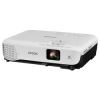
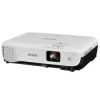
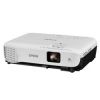

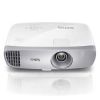
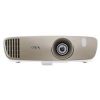



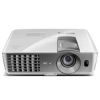

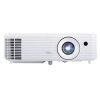

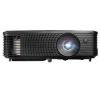

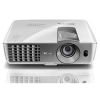

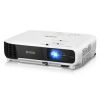

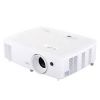

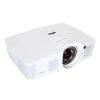
Populäre Beamer im Vergleich
